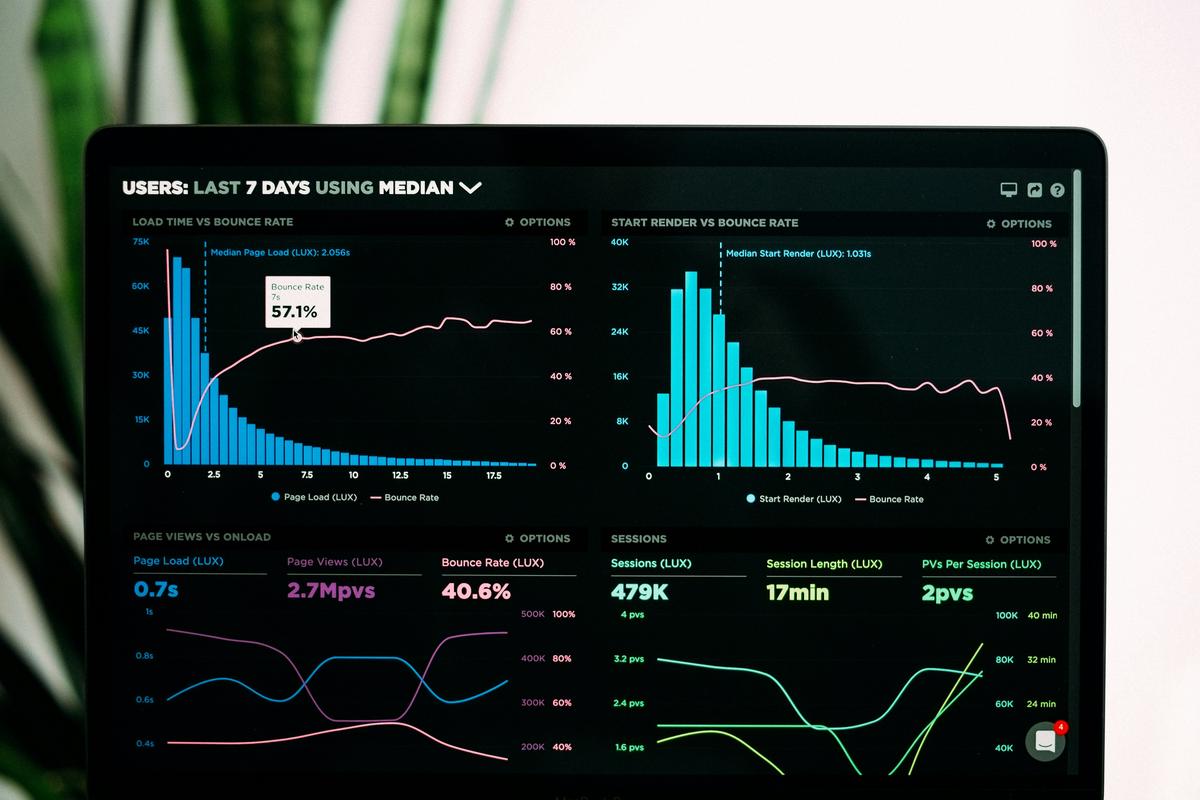Crafting a Winning LinkedIn Ad.
Understanding your target audience on LinkedIn is vital. Start by analyzing the job titles, industries, skills, and professional interests of the profiles you’d like to reach. For example, if targeting mid-level marketing managers in tech industries, refine your search to include relevant job titles and sectors. The result? Ads that resonate with potential clients.
Crafting a Winning LinkedIn Advertising Strategy
Defining your objectives from the outset outlines the path of your LinkedIn advertising approach. Whether it’s brand awareness, lead generation, or boosting engagement, clear goals are the cornerstone. Once your objectives are sharp, precision in your approach becomes much easier.
Creating a well-optimized LinkedIn company page sets the scene. It’s where people go to learn who you are and what you offer. Fill it with relevant content, highlight key projects, and include employee stories. Your page should reflect your brand’s identity and values, reinforcing trust and enticing engagement.
Choosing the right ad type is fundamental to aligning with your goals.
- Sponsored Content is great for brand awareness, appearing in users’ feeds as native posts marked as “promoted.”
- Sponsored Messaging targets directly via LinkedIn inboxes, cultivating more personal connections.
- Dynamic Ads offer personalization by leveraging user data, catching the eye by addressing the user directly.
- Text Ads integrate well with broader campaigns aiming for quick call-to-actions.
- Lead Gen Forms collect information directly on the platform via pre-filled forms, useful for mid-to-bottom funnel objectives.
Getting granular with LinkedIn targeting ensures precision. Segmenting audiences based on industries and job titles helps in tailoring your ads. Focused segmentation yields better engagement rates. Test micro-campaigns targeting smaller, specified groups to sharpen your approach and maximize ROI.
Incorporate A/B testing to refine your ads. Experiment with different formats, texts, and visuals to find the best combinations. Leveraging visuals, particularly images of people, enhances ad attraction.
Pay-per-click versus pay-per-impression depends on your campaign’s goals. Sponsored ads work best with CPC since clicks denote interest, whereas Text Ads fare better with PPM for sheer visibility.
Ensure robust tracking through LinkedIn’s Campaign Manager. Monitor clicks, conversions, and engagement metrics to gauge performance and guide necessary adjustments.
Setting budgets wisely, starting with suggested bids while keeping a close eye on performance, prevents overspending and aids in finding the sweet spot for maximum impact.
Optimizing LinkedIn Ad Campaigns
Optimizing LinkedIn ad campaigns requires attention to fine-tuning all components involved, balancing between creativity and data-driven decisions.
Selecting the right ad formats is crucial. Different objectives benefit from different formats. Thought leader ads are excellent for establishing credibility and engaging more deeply with your audience.
Crafting compelling ad copy is both an art and a science. Start with a strong headline to catch the attention of busy professionals. Follow this with ad copy that resonates with your target audience’s pain points and aspirations. Utilize actionable language and clear CTAs.
Setting appropriate budgets is another cornerstone of optimization. LinkedIn provides a bidding range based on similar competitive bids, which can be invaluable for starting out. Implementing a daily budget of at least $100 allows for observing what works best without prematurely exhausting your resources. For smaller or more targeted campaigns, even $25 per day can yield meaningful insights.
Advanced targeting options include filtering by job titles, industries, skills, and even company size. Leverage LinkedIn’s matched audiences feature for retargeting. This ensures that your ads are reaching people more likely to engage.
A/B testing is indispensable for refining your strategy. Test different elements such as headlines, images, and CTAs. Monitor the performance metrics closely to identify which variation resonates better with your audience.
Audience segmentation lets you deliver more personalized and relevant ads. Segment your audience based on criteria like job role, industry, and company size. Tailor your ad copy and assets to the specific needs and interests of each segment, increasing the likelihood of engagement and conversion.
Utilizing LinkedIn’s analytics is essential for ongoing optimization. The LinkedIn Campaign Manager offers insights into key performance metrics such as
- click-through rates (CTR)
- cost-per-click (CPC)
- conversion rates
Set up conversion tracking to gain insights beyond click metrics.
By combining meticulous planning, creative execution, and data-driven optimization, your LinkedIn ad campaigns will resonate with your desired professional audience, driving meaningful engagement and achieving your strategic goals.

Leveraging LinkedIn’s Targeting Capabilities
Leverage LinkedIn’s advanced targeting features to pinpoint and connect with your ideal audience effectively. Begin with precise criteria such as job titles, company size, industry, skills, and geographical location. These parameters ensure your ads are seen by the right professionals, enhancing engagement and conversion rates.
LinkedIn’s Matched Audiences feature allows you to retarget users who have previously visited your website, engaged with your LinkedIn content, or are part of your email contact list. By reconnecting with these warmer leads, you’re more likely to see higher engagement and conversion rates.
Audience Expansion broadens your reach without sacrificing targeting accuracy. This option includes profiles similar to your specified audience, expanding visibility while maintaining relevance. This is particularly useful for brand awareness campaigns where wider exposure is desired but still within a relevant context.
Utilize skills as a targeting parameter to zero in on professionals with specific competencies that align with your offering. This method not only improves ad relevance but also enhances the likelihood of engagement.
Implementing LinkedIn’s advanced targeting features allows for a multi-level approach. Combine job title and industry criteria with company size and skills to create a highly segmented audience profile. This refined targeting ensures your ads are not only relevant but also highly appealing to the specified demographic.
Moreover, make use of LinkedIn’s location-based targeting to focus your efforts on regions where your products or services are most needed. This feature can be particularly beneficial for local businesses or companies looking to expand into new markets.
Throughout this process, LinkedIn’s analytics tools offer invaluable insights into the performance of your targeted campaigns. Regularly review metrics such as CTR, conversion rates, and audience engagement to assess the effectiveness of your targeting strategy. This continuous feedback loop allows for fine-tuning and optimization, ensuring your campaigns evolve to meet your business goals.
Measuring ROI and Performance Metrics
Measuring the return on investment (ROI) and performance of your LinkedIn ad campaigns is crucial. By closely monitoring key performance indicators (KPIs), you can assess the effectiveness of your strategies, optimize your campaigns, and make data-driven decisions to enhance future performance. Here are some essential metrics to focus on:
Click-Through Rate (CTR): This metric measures the percentage of people who clicked on your ad after seeing it. A higher CTR indicates that your ad is resonating with your audience. To improve CTR, ensure that your ad copy and visuals are compelling and relevant.
Cost Per Click (CPC): CPC reflects the amount you pay each time someone clicks on your ad. It is an essential metric for budget management and understanding the financial efficiency of your campaigns. Adjust your bids and refine your targeting to optimize CPC.
Cost Per Lead (CPL): This metric is particularly important for lead generation campaigns. A lower CPL indicates a more efficient lead generation process. Optimize CPL by refining your audience targeting and improving the quality of your lead magnets and landing pages.
Conversion Rates: Conversion rates measure the percentage of users who take the desired action after clicking on your ad. High conversion rates mean that your landing page and overall campaign are effectively encouraging users to convert. Enhance conversion rates by ensuring a seamless and clear user journey.
Engagement Rates: This metric encompasses various interactions with your ad. High engagement rates indicate that your content resonates well with your audience and encourages them to interact. To boost engagement rates, create content that is informative, relevant, and engaging.
Analyzing these metrics provides a comprehensive view of your LinkedIn ad performance. By identifying which areas to optimize, you can allocate resources more efficiently, adjust your strategies, and develop more effective campaigns.
Regular A/B testing of different ad components, monitoring performance changes, and making iterative adjustments help in continuously refining your approach. Integrating these metrics into your reporting and analysis cycle ensures that your LinkedIn advertising strategy remains dynamic, data-informed, and goal-oriented.
Diligent tracking of CTR, CPC, CPL, conversion rates, and engagement rates enables you to gauge the ROI of your LinkedIn ad campaigns accurately. “Leveraging these insights ensures that your advertising efforts consistently align with your business objectives, driving sustained engagement and superior results within the professional sphere.”




